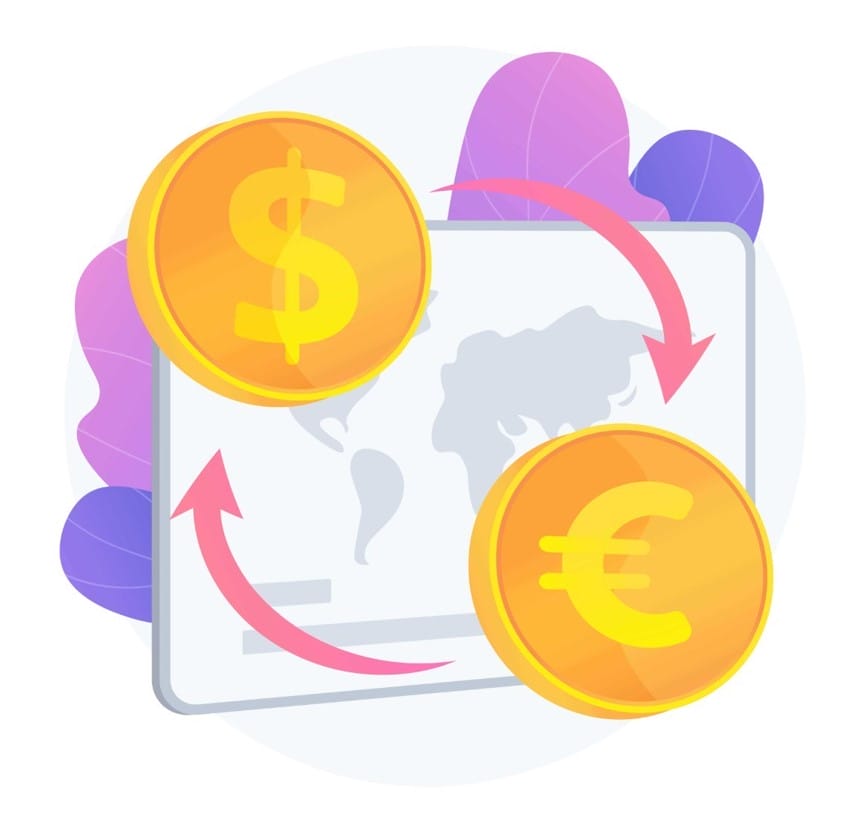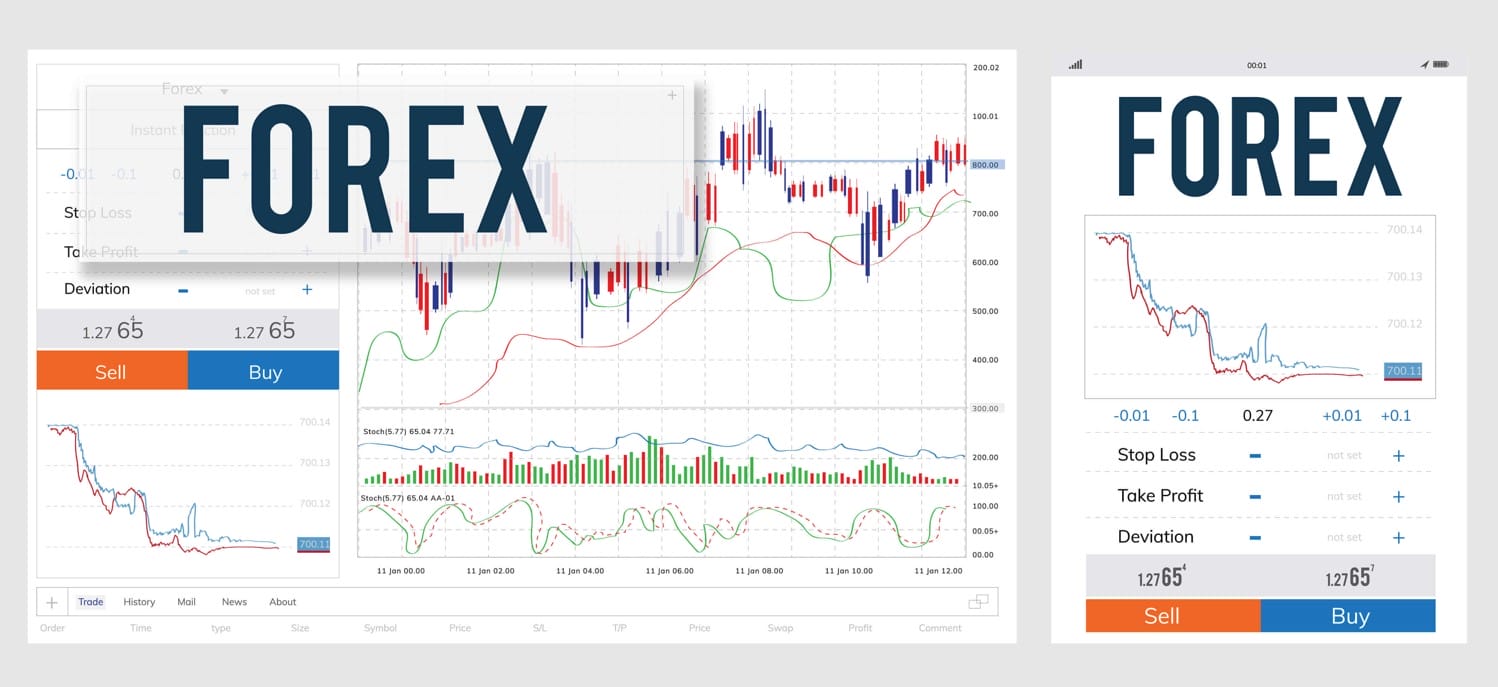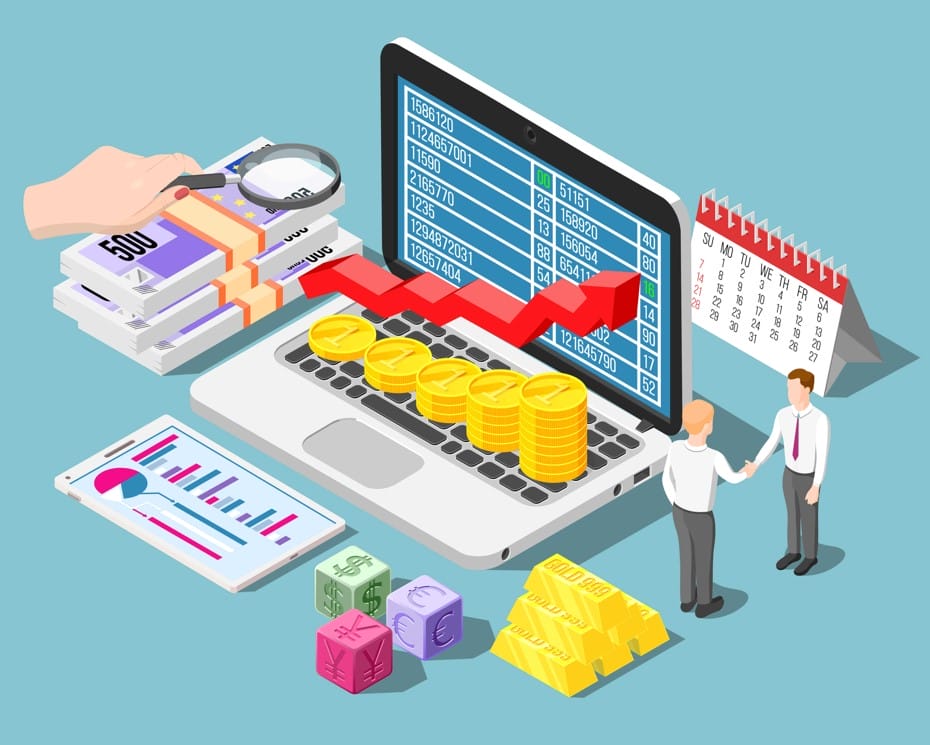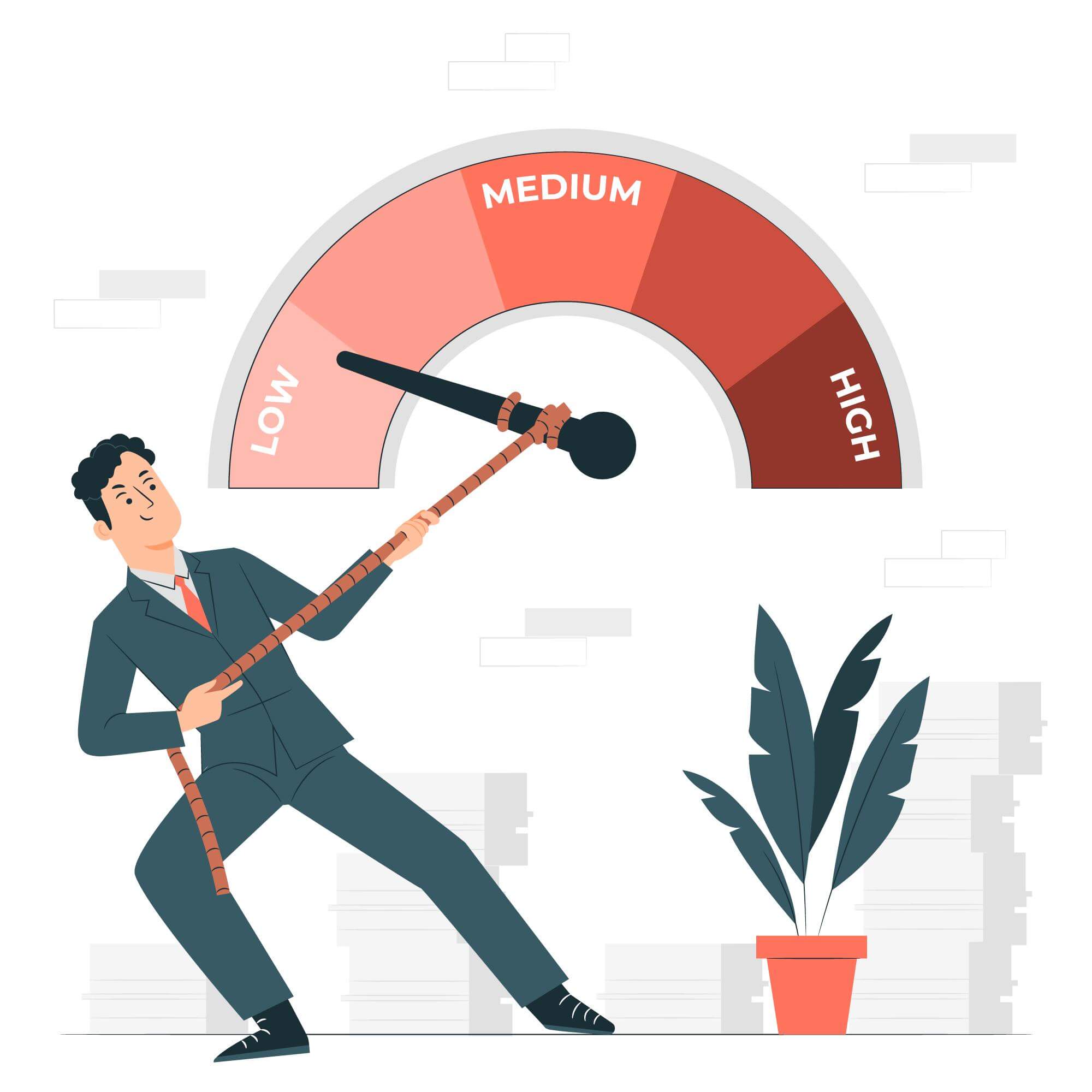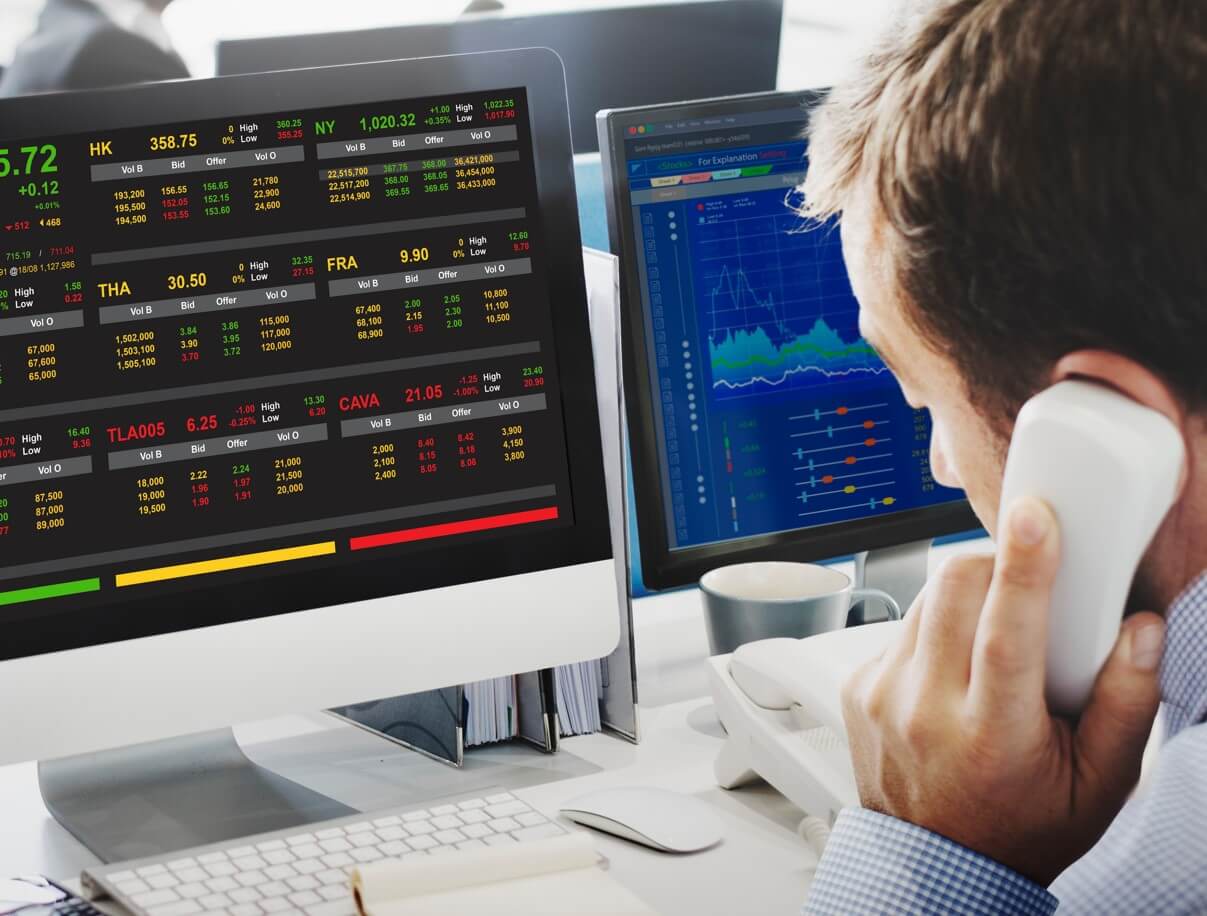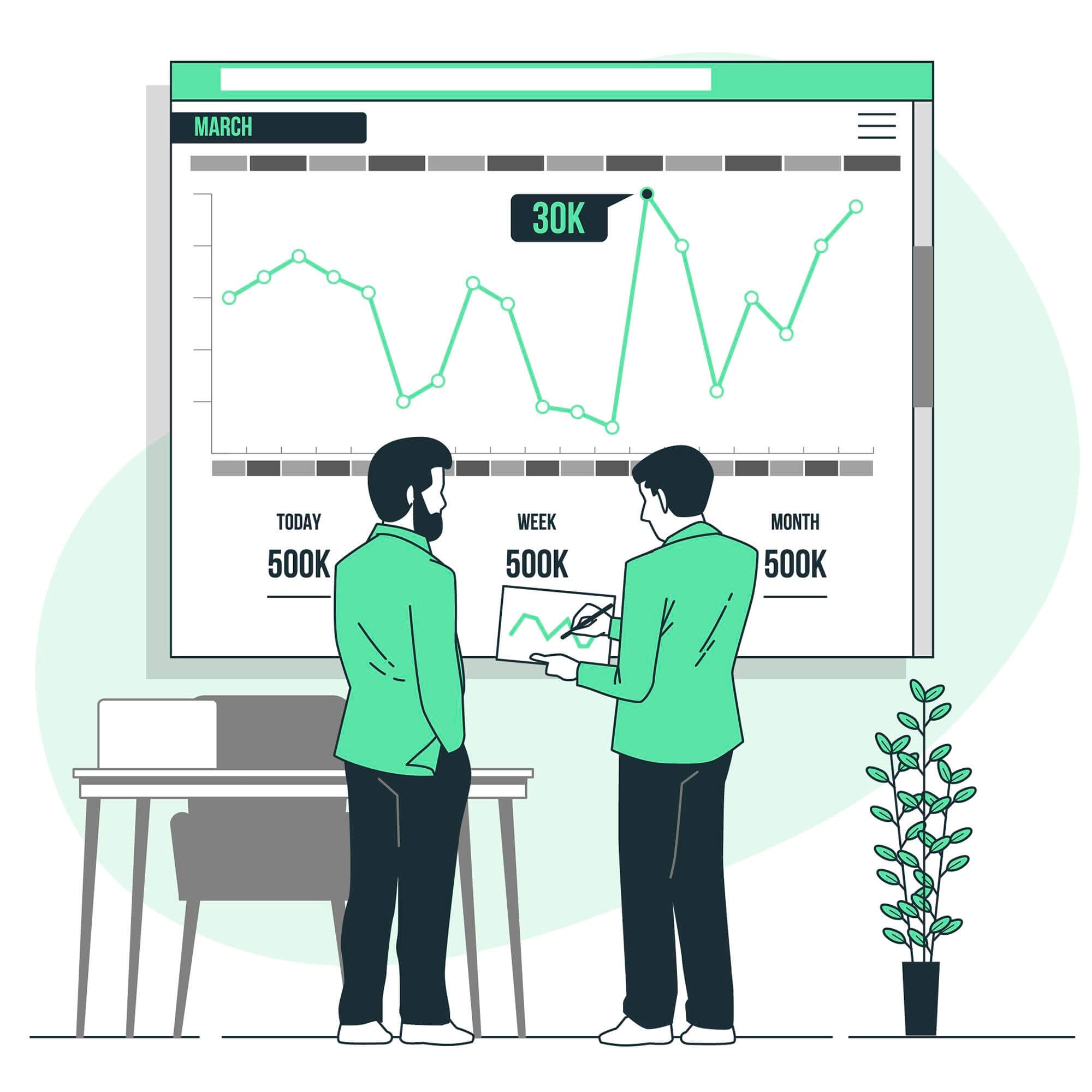The foreign exchange market, commonly known as forex, is the largest and most liquid financial market in the world. Forex trading involves the buying and selling of currencies with the aim of making profits from fluctuations in their exchange rates. A guide aims to explain how individuals can unlock wealth through forex investments.
Understanding the Forex Market
A Definition and Structure of the Forex Market
The Forex Market is a global decentralized marketplace for trading currencies. It operates 24/5, with financial institutions facilitating currency exchanges electronically. Its immense size and continuous operation make it the largest financial market, catering to institutions and individual traders seeking to profit from currency price movements.
B. Major Participants in the Forex Market
Major participants in the Forex Market include central banks, commercial banks, financial institutions, corporations, hedge funds, and individual retail traders. These entities engage in currency trading to facilitate international trade, manage risks, speculate on currency movements, and seek profit opportunities in the dynamic foreign exchange market.
C. Currency Pairs and Exchange Rates
Currency pairs and exchange rates are fundamental in the Forex Market. Currency pairs represent two currencies being traded against each other, such as EUR/USD or GBP/JPY. Exchange rates indicate the value of one currency relative to another and fluctuate based on market demand, economic factors, and geopolitical events.
D. Factors Influencing Forex Prices
Forex prices are influenced by various factors, including economic indicators (GDP, inflation), interest rates, geopolitical events, and market sentiment. Central bank policies and interventions, trade balances, and technological advancements also play significant roles. Traders analyze these factors to make informed decisions and navigate the dynamic fluctuations of the foreign exchange market.
II. Benefits and Risks of Forex Trading
A. Advantages of Forex Trading
Forex trading offers several advantages, including high liquidity, 24/5 market access, low transaction costs, and the ability to trade on leverage. The global nature of the market provides numerous currency pairs and diverse trading opportunities. Additionally, traders can profit from both rising and falling markets, making it versatile and attractive to participants.
B. Risks Involved in Forex Trading
Forex trading involves inherent risks due to currency price fluctuations, leverage, and market volatility. Traders may experience substantial losses, especially if they overleverage or lack proper risk management. Geopolitical events, economic indicators, and unexpected market moves can also pose risks. Understanding and managing these risks are crucial for successful forex trading.
III. Essential Forex Trading Concepts
A. Types of Forex Orders
In forex trading, various types of orders cater to different trading strategies. Market orders execute at the best available price, while limit orders set a specific price for execution. Stop orders trigger trades when a certain price is reached, and trailing stop orders adjust dynamically to protect profits. These orders enhance traders’ control and flexibility in the forex market.
B. Fundamental Analysis
Fundamental analysis is a method used to evaluate the intrinsic value of a financial asset, such as a currency in forex trading. It involves analyzing economic indicators, financial statements, and macroeconomic factors to assess an asset’s true worth. Traders use fundamental analysis to make informed decisions based on a currency’s underlying fundamentals.
C. Technical Analysis
Forex technical analysis involves studying historical price charts and patterns to predict future price movements. Traders use various tools, such as trend lines, indicators, and chart patterns, to identify potential entry and exit points. Technical analysis helps traders gauge market sentiment and make trading decisions based on price action and historical behavior.
IV. Building a Solid Forex Trading Strategy
A. Setting Clear Goals and Objectives
In forex trading, setting clear goals and objectives is crucial for success. Traders should establish specific targets for profit, risk tolerance, and trading frequency. Clear goals help maintain discipline, avoid emotional trading, and create a structured approach to navigate the dynamic forex market and achieve long-term profitability.
B. Choosing the Right Trading Style
Choosing the right trading style is vital for forex traders. Different styles, such as day trading, swing trading, and position trading, suit varying risk appetites and time commitments. Traders should align their trading style with their personality, risk tolerance, and available time to effectively capitalize on market opportunities and achieve consistent results.
C. Developing a Trading Plan
Developing a trading plan is vital for forex traders. It involves setting clear objectives, defining risk tolerance, and choosing appropriate strategies. A well-thought-out plan helps traders remain disciplined, minimize emotional biases, and stay focused on long-term profitability in the dynamic forex market.
D. Backtesting and Optimization
Forex backtesting and optimization are critical steps in evaluating trading strategies. Backtesting involves testing strategies on historical data to assess their past performance. Optimization fine-tunes parameters to improve strategy outcomes. These processes help traders identify robust approaches, validate ideas, and enhance confidence in executing strategies in real-market conditions.
V. Selecting a Forex Broker and Trading Platform
A. Researching and Comparing Forex Brokers
Researching and comparing forex brokers is essential for traders to find a reputable and suitable partner. Factors to consider include regulation, trading platforms, fees, leverage, customer support, and available assets. Thorough research helps traders make informed decisions and ensures a secure and smooth trading experience.
B. Regulation and Security
Forex regulation and security are paramount for trader protection. Reputable regulatory bodies oversee forex brokers to ensure compliance with industry standards and safeguard clients’ funds. Secure trading platforms, encryption protocols, and two-factor authentication further enhance the safety of traders’ transactions and personal information in the forex market.
C. Trading Costs and Fees
Forex trading costs and fees impact a trader’s overall profitability. These expenses include spreads, commissions, overnight financing, and swap rates. Understanding and comparing these costs across different brokers are crucial to optimize trading expenses and maximize potential returns in the dynamic forex market.
D. Trading Platforms and Tools
Trading platforms and tools are vital for efficient forex trading. These software applications offer real-time market data, charting tools, technical indicators, and order execution capabilities. A user-friendly and feature-rich platform enhances traders’ analysis, decision-making, and execution processes, leading to better trading outcomes in the dynamic forex market.
VI. Managing Forex Trading Risks Effectively
A. Understanding and Setting Stop Losses
Understanding and setting stop losses is crucial for risk management in forex trading. A stop-loss order helps limit potential losses by automatically closing a position when the market reaches a predetermined price level. Traders must set stop losses based on their risk tolerance and analysis to protect their capital and optimize trading strategies.
B. Using Take Profit Orders
Using take profit orders is essential for forex traders to secure profits at predefined price levels. A take profit order automatically closes a position when the market reaches a specified profit target, allowing traders to lock in gains and avoid potential market reversals that could erode profits.
C. Hedging Strategies
Forex hedging strategies are risk management techniques to protect against adverse market movements. Common hedging methods include using currency pairs with inverse correlations, employing options contracts, or opening offsetting positions. These strategies aim to mitigate potential losses, enhance portfolio stability, and provide traders with greater flexibility in navigating volatile forex markets.
D. Diversification and Portfolio Allocation
Diversification and portfolio allocation are crucial principles for successful forex trading. Traders spread their investments across different currency pairs and assets, reducing exposure to individual risks. A well-diversified portfolio balances potential returns and risk, ensuring a more stable and resilient trading approach in the dynamic forex market.
E. Dealing with Margin Calls and Forced Liquidation
Dealing with forex Margin Calls and Forced Liquidation requires prudent risk management. Margin calls occur when account balance falls below the required level, prompting brokers to request additional funds. Failure to meet the call results in forced liquidation, closing positions to cover losses. Traders should use appropriate leverage, calculate positions based on risk tolerance, and implement stop-loss orders. Monitoring account balances and market conditions is vital. Understanding forex markets and continuous learning help reduce risks and promote responsible trading for sustainable success.
VII. Analyzing and Managing Performance
A. Measuring Trading Performance Metrics
Measuring trading performance metrics is essential for evaluating a trader’s effectiveness. Key metrics include win rate, risk-to-reward ratio, average return per trade, and drawdown. Analyzing these metrics helps traders identify strengths and weaknesses in their strategies, make necessary adjustments, and strive for consistent profitability in forex trading.
B. Adjusting and Optimizing Strategies
Traders are encouraged to continuously evaluate and adapt their strategies based on performance analysis.
C. Importance of Continual Learning and Adaptation
The importance of continual learning and adaptation cannot be overstated in forex trading. The dynamic nature of the market demands staying updated on market trends, economic indicators, and new trading techniques. Adapting to changing conditions enhances a trader’s ability to make informed decisions, manage risks, and achieve consistent success in forex trading.
VIII. Advantages of Forex Trading
A. Liquidity and Accessibility
Forex liquidity and accessibility are key advantages of the market. High liquidity ensures traders can buy or sell currencies quickly at competitive prices. Accessibility, with the market operating 24/5, allows participants worldwide to engage in trading, offering flexibility and numerous trading opportunities throughout different time zones.
B. Diversification Benefits
Including forex in an investment portfolio can reduce overall risk, as it often exhibits a low correlation with traditional asset classes like stocks and bonds. Diversification can enhance portfolio stability and potentially improve risk-adjusted returns.
IX. Understanding Risk and Risk Management
A. Leverage and its Implications
Forex brokers offer leverage, enabling traders to control larger positions with a smaller amount of capital. While leverage can amplify profits, it also increases the potential for losses, requiring prudent risk management.
B. Importance of Risk Management
Effective risk management is crucial to protect capital and prevent significant drawdowns. Traders employ various techniques, such as setting stop-loss orders and position sizing, to manage risk appropriately.
X. Forex Market Operation and Factors Affecting Currency Prices
A. 24/5 Market
The forex market operates 24 hours a day, five days a week, due to the different time zones of major financial centers worldwide. This continuous operation allows traders to react promptly to global events and news.
B. Factors Influencing Exchange Rates
Currency prices are influenced by a multitude of factors, including interest rates, economic indicators, geopolitical events, and market sentiment. Traders often use fundamental analysis to gauge these influences and make informed trading decisions.
XI. Choosing the Right Forex Broker
A. Security
Selecting a reputable and regulated forex broker is vital to ensure the safety of funds and fair trading practices. Regulation adds a layer of protection for traders against fraudulent activities.
B. Trading Costs and Execution
Traders should compare spreads, commissions, and execution speeds among different brokers. Low trading costs and efficient execution can significantly impact overall profitability.
XII. Psychological Aspects of Forex Trading
A. Emotion Management
Emotional discipline is critical in forex trading. Fear and greed can lead to impulsive decisions and irrational trading behavior. Successful traders learn to manage emotions and adhere to their trading plans.
B. Building Trading Discipline
Establishing a well-defined trading plan with clear entry and exit rules, risk tolerance, and profit targets is essential. Following the plan religiously helps maintain consistency and avoid impulsive actions.
XIII. Risk Mitigation Strategies
A. Stop Loss and Take Profit
Utilizing stop-loss orders helps limit potential losses by automatically closing a position at a specified price. Take-profit orders secure profits by triggering a trade exit when a predetermined profit level is reached.
B. Diversification and Hedging
Diversifying across different currency pairs and using hedging strategies can mitigate risk. Hedging involves opening opposite positions to offset potential losses in the primary trade.
XIV. Practice and Continual Learning
A. Demo Trading
Aspiring traders can practice and refine their strategies using demo accounts with virtual funds. This allows them to gain experience and confidence without risking real money.
B. Continuous Learning
The forex market is dynamic and influenced by various factors. Traders must stay updated with market trends, economic releases, and global events to make informed decisions.
XV. The Road to Success: Patience and Persistence
A. Realistic Expectations
Forex trading is not a get-rich-quick scheme. Traders should set realistic goals and understand that consistent profitability takes time, effort, and continuous learning.
B. Learning from Mistakes
Losses are an inherent part of trading. Successful traders learn from their mistakes, adapt their strategies, and maintain a positive attitude, aiming for long-term improvement.
Conclusion
In the conclusion, the guide reiterates the potential of forex trading as a means to unlock wealth. It emphasizes the importance of education, discipline, risk management, and continuous improvement in achieving success in the forex market. Readers are encouraged to apply the knowledge gained from the guide to make informed and strategic forex investment decisions. Unlocking wealth through forex investments requires a solid understanding of the market, disciplined risk management, and a commitment to continuous learning. By employing sound trading strategies, emotional discipline, and patience, individuals can harness the potential of the forex market to build wealth over time.
Don’t trade all the time, trade forex only at the confirmed trade setups.
Get more confirmed trade setups here: forexgdp.com/buy/



